Unlock: Greater Osaka
The ten best things to do in Keihanshin
Guide: Kaila Imada
While Osaka and Kyoto may rightly be the most famous draws to Keihanshin, as Greater Osaka is also known, there’s a lot more to the area than these historic cities. A diverse range of prefectures including Hyogo, Nara and Shiga are easily accessed from central Osaka, making them ideal destinations for a day trip or weekend excursion. If you’re looking to widen your horizons, here are our highlights...
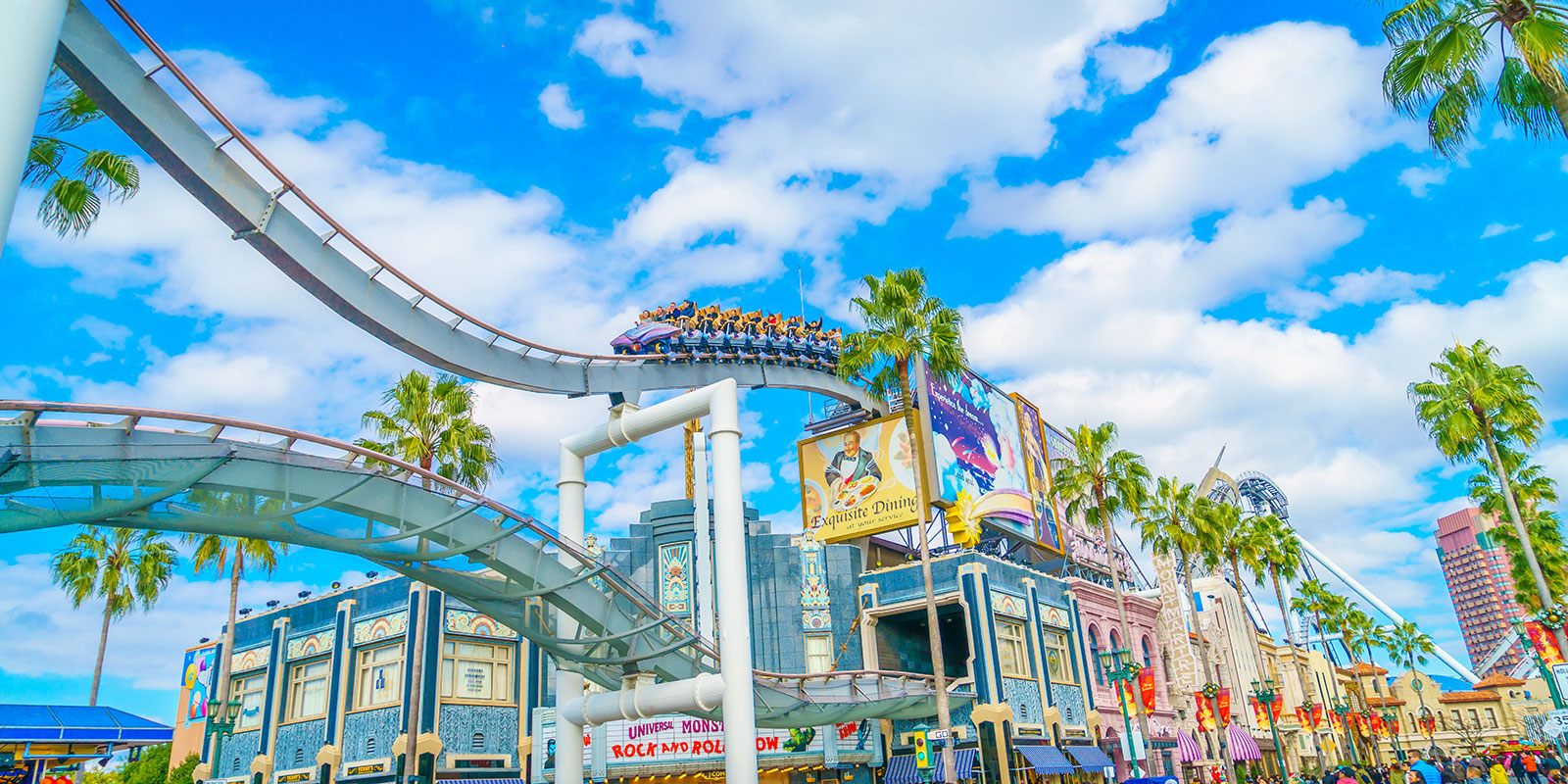 Universal Studios Japan | Shutterstock
Universal Studios Japan | Shutterstock
1. Enjoy silver screen thrills
Universal Studios Japan, Osaka city
Osaka is home to Japan’s only Universal Studios theme park, providing thrills fueled by silver- screen memories of movies like Harry Potter and Jurassic Park. USJ has recently added new attractions including Super Nintendo World—complete with life-sized Goombas and a Mario Kart racing track—and a Demon Slayer rollercoaster. The theme park is gearing up to welcome even more new attractions in 2022 with VR experiences and rides based on popular anime series Detective Conan, Attack on Titan and Sailor Moon.
Universal Studios Japan, 2-1-33 Sakurajima, Konohana, Osaka-shi, Osaka prefecture. +81 570 20 0606. Hours vary by season, check calendar on the website. One-day studio pass from ¥8,400 (children ¥5,400), depending on the day and season.
2. Take a tour of an ancient burial ground
Mozu Kofungun Tombs, Osaka prefecture
The massive Mozu Tombs in Sakai city, just south of Osaka, are Japan’s largest ancient tombs and were designated as a Unesco World Heritage Site in 2019. The site is made up of a cluster of several dozen tombs, the largest being the tomb of Emperor Nintoku, which is surrounded by a moat. To really appreciate the size of these sites–which resemble large, keyhole-shaped mounds–it’s best to see them from an aerial vantage point like the free observation deck at Sakai City Hall.
Mozu Kofungun Tombs, 1079-1 Daisencho, Sakai-ku, Sakai-shi, Osaka prefecture. +81 662 10 9742. Open 24 hours daily. Free entry.
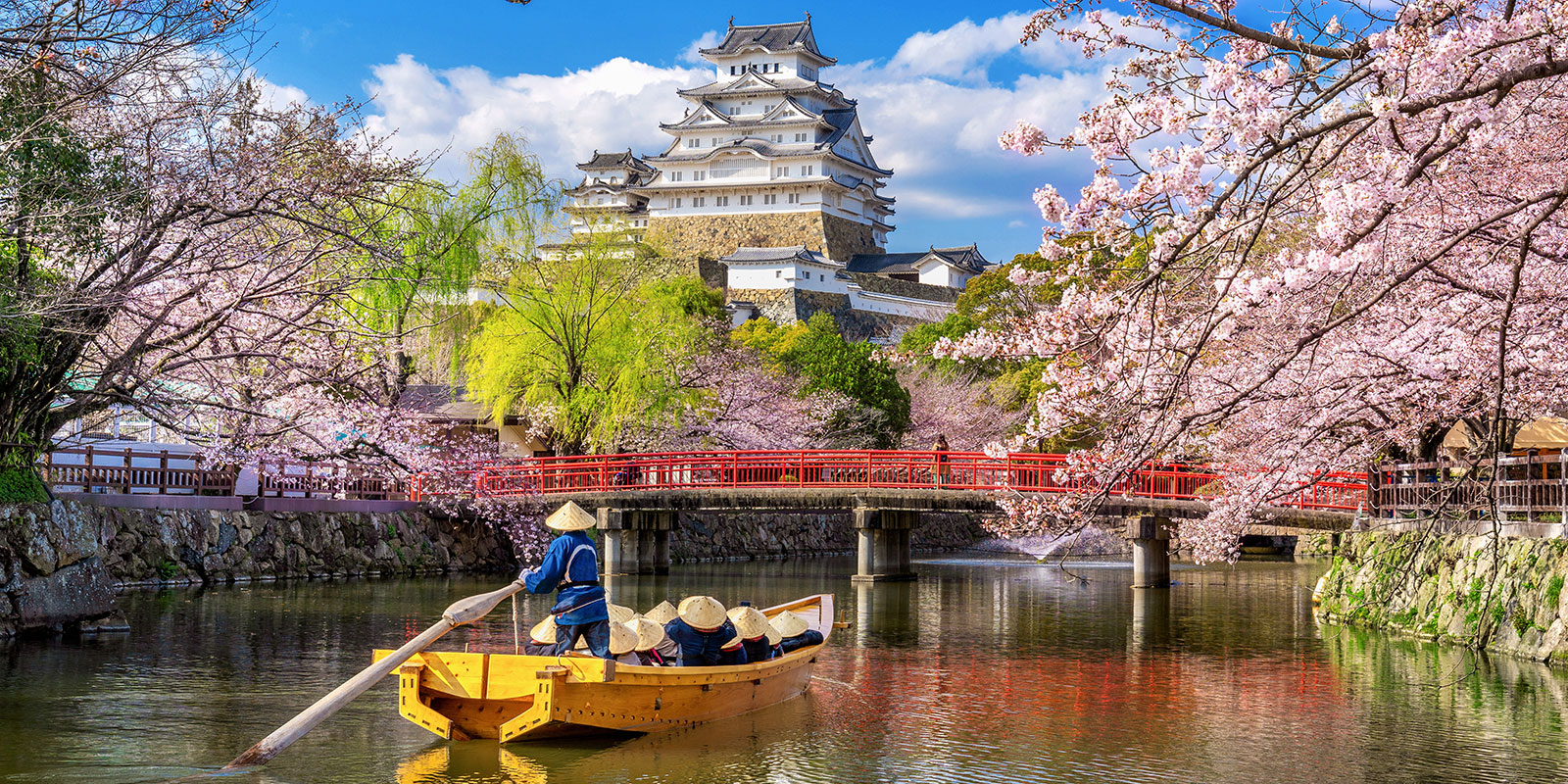 Himeji Castle | Shutterstock
Himeji Castle | Shutterstock
3. Marvel at an emoji-inspiring fortress
Himeji Castle, Hyogo prefecture
So iconic that it was used as the basis for the castle emoji, Himeji is a giant, stark white structure that has miraculously survived wars and natural disasters. Also known as the White Heron, the castle dates back to the 17th century but was restored in 2015, allowing visitors to admire the refurbished architecture inside. Sitting royally on a hill and flanked by gorgeous cherry trees, it’s a popular spot for hanami. If you’re planning on visiting, check the official website for live queuing times.
Himeji Castle, 68 Honmachi, Himeji-shi, Hyogo prefecture. +81 792 85 1146. 9am-4pm daily. ¥1,000 castle only, ¥1,050 combined ticket for castle and Kokoen Garden.
4. Stroll through historical streets
Kobe Kitano Ijinkan, Hyogo prefecture
At the foot of the Rokko mountain range, Kobe is a prominent port city used for foreign trade and commerce since the Meiji era (1868-1912). The Kitano Ijinkan district is where foreign merchants made themselves at home. The quaint neighborhood is filled with 30 or so Western-style houses from the 19th century of which about 20 are open to the public. Highlights include the Uroko House (or House of Scales), the Yamate-8-Bankan—a Tudor-style residence which contains artworks by Western masters including Renoir and Rodin—and the Former Thomas House with its red brick exterior and a weathercock on the roof. Here, you can learn more about the building’s former tenants and the history of Kobe city during the early 20th century.
Kitano Ijinkan, Yamamoto-dori, Chuo-ku, Kobe-shi, Hyogo prefecture. +81 782 51 8360. Opening hours and admission vary depending on venues.
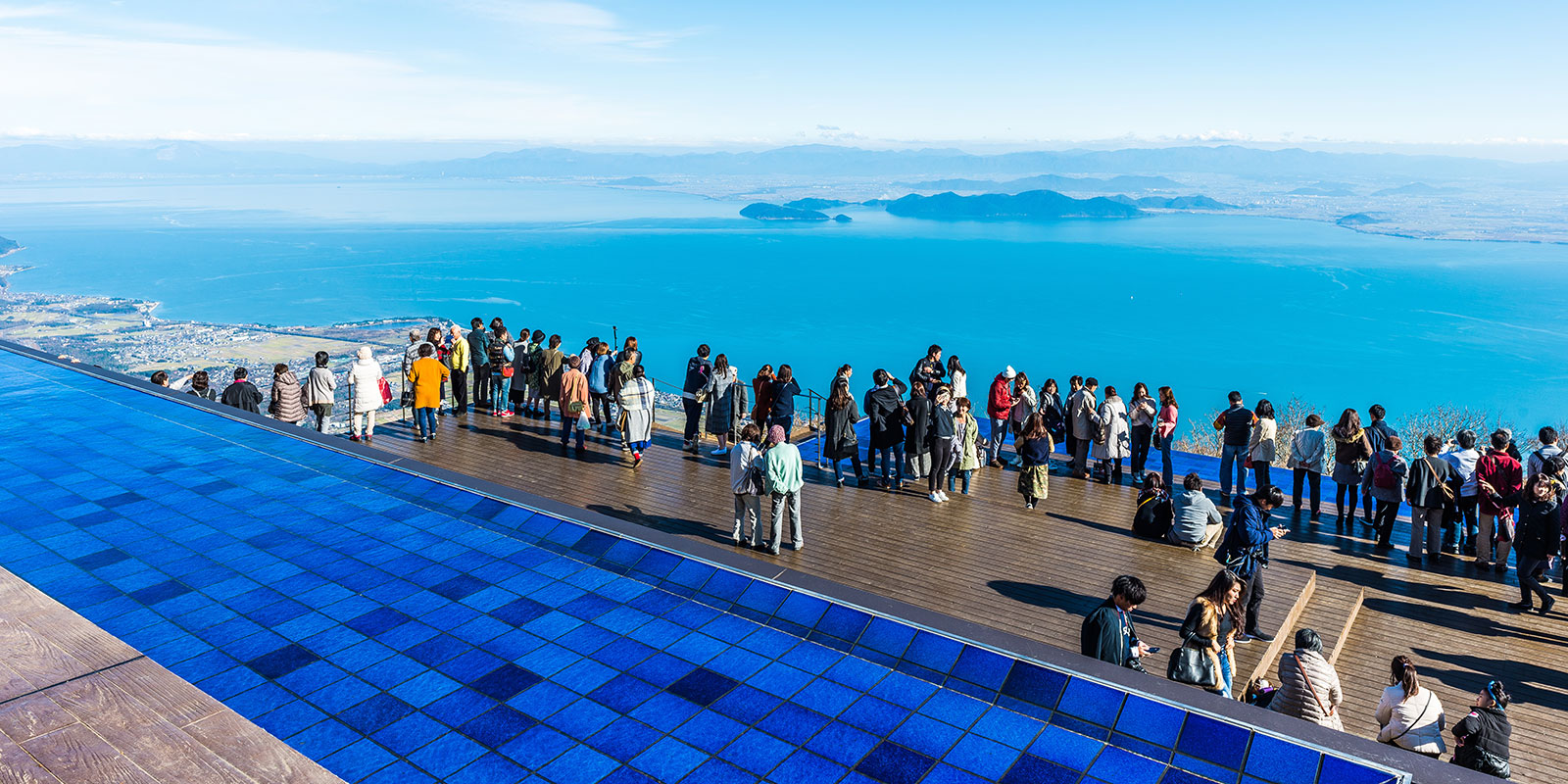 Biwako Terrace | Shutterstock
Biwako Terrace | Shutterstock
5. Take in the views from a deck in the clouds
Biwako Terrace, Shiga prefecture
Step away from the hustle and bustle of the cities and enjoy some fresh air at the sky-high Biwako Terrace. The picturesque spot is a stunning five minute cable car ride up Mt Uchimi and boasts panoramic views of northern Lake Biwa. The main area boasts two stunning terraces and a café specializing in sandwiches and gelato. For a more exclusive experience, you can reserve lounge seats at the Infinity Lounge.
Biwako Terrace, 1547-1 Kido, Otsu-shi, Shiga prefecture. +81 775 92 1155. Hours vary by season, check website for details. ¥3,000 round trip (¥3,500 on Sat, Sun & hols).
6. Spend an afternoon with messengers of the gods
Nara Park, Nara city
Nara Park is well known for the many tame deer that roam its grounds, regarded since ancient times as messengers of the gods. You’ll find the free-roaming animals all over the expansive gardens, which encompass both Todaiji and Kofukuji temples as well as Kasuga Taisha Shrine. To get up close to the gentle creatures, you can feed the deer special crackers sold at souvenir shops and booths around the park.
Nara Park, Zoshicho, Nara-shi, Nara prefecture. +81 742 22 0375. Open 24 hours daily. Free.
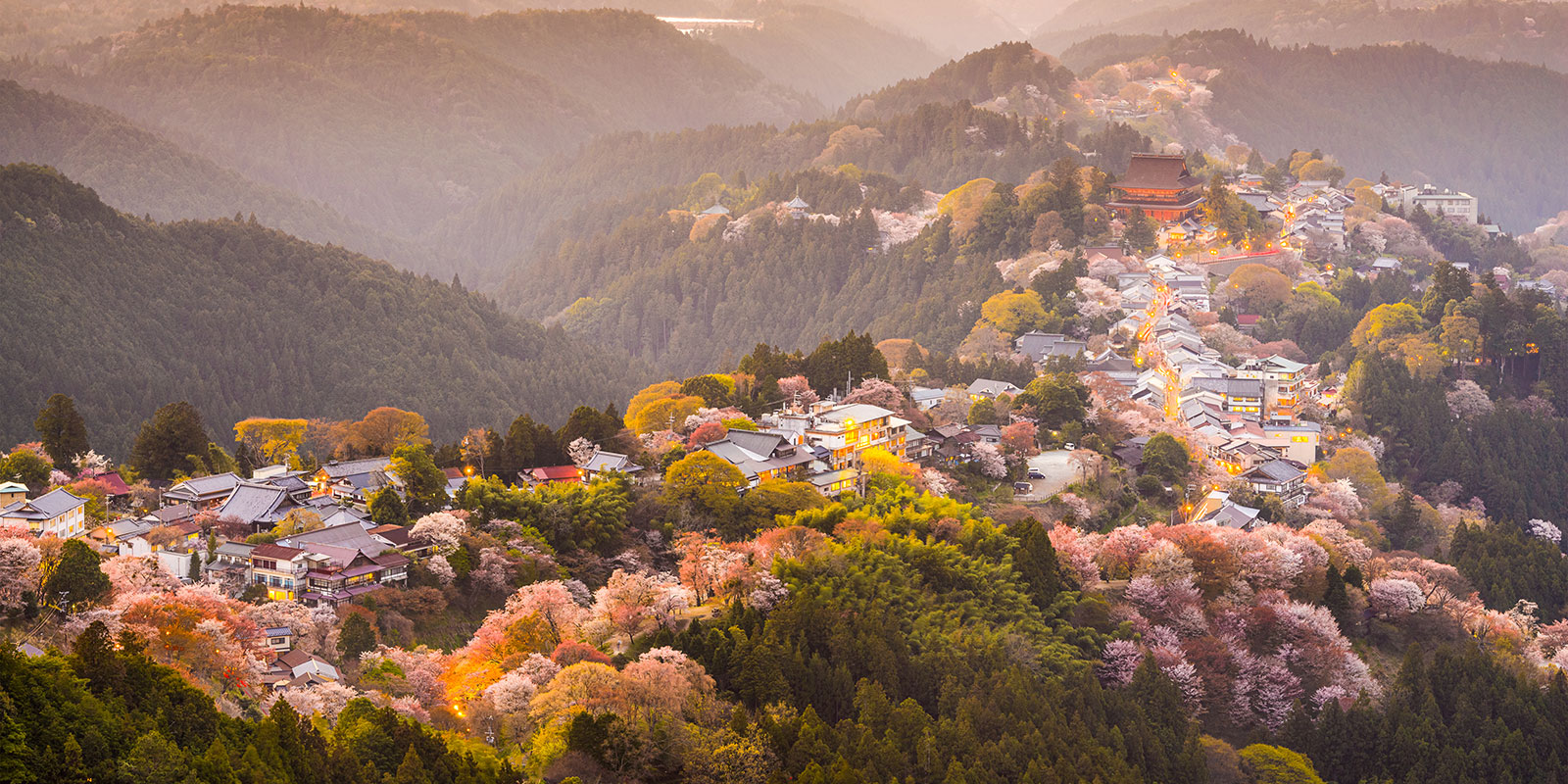 Mt Yoshino | Shutterstock
Mt Yoshino | Shutterstock
7. Take in the colors at a Unesco World Heritage site
Mt Yoshino, Nara prefecture
Part of the expansive Yoshino-Kumano National Park, Mt Yoshino is another of Greater Osaka’s designated Unesco World Heritage sites. In spring it’s one of the most famous spots for viewing cherry blossoms, as there are some 30,000 trees to stroll past. For a quieter experience, the mountain also boasts hydrangeas in early summer and colorful autumn foliage surrounds the mountain’s many temples in the fall.
Mt Yoshino, Yoshino-cho, Yoshino-gun, Nara prefecture. +81 74 632 1007. Open 24 hours. Free.
8. Spend a day visiting Kyoto’s greatest hits
Arashiyama, Kyoto prefecture
You can easily spend a whole day in Arashiyama, Kyoto’s laidback neighborhood that’s famous for its lush bamboo groves. Aside from strolling through the towering groves, take a boat ride down the Hozu River flanked with seasonal foliage, or stop by sacred spots like Tenryuji Temple, one of Kyoto’s many Unesco World Heritage Sites. For a step back in time, walk down Saga-Toriimoto, a well-preserved street with buildings from the Meiji era. Today, most of the homes have been converted into quaint shops or restaurants.
Arashiyama, Ukyo-ku, Kyoto-shi, Kyoto prefecture. +81 758 61 0012. Open 24 hours. Free.
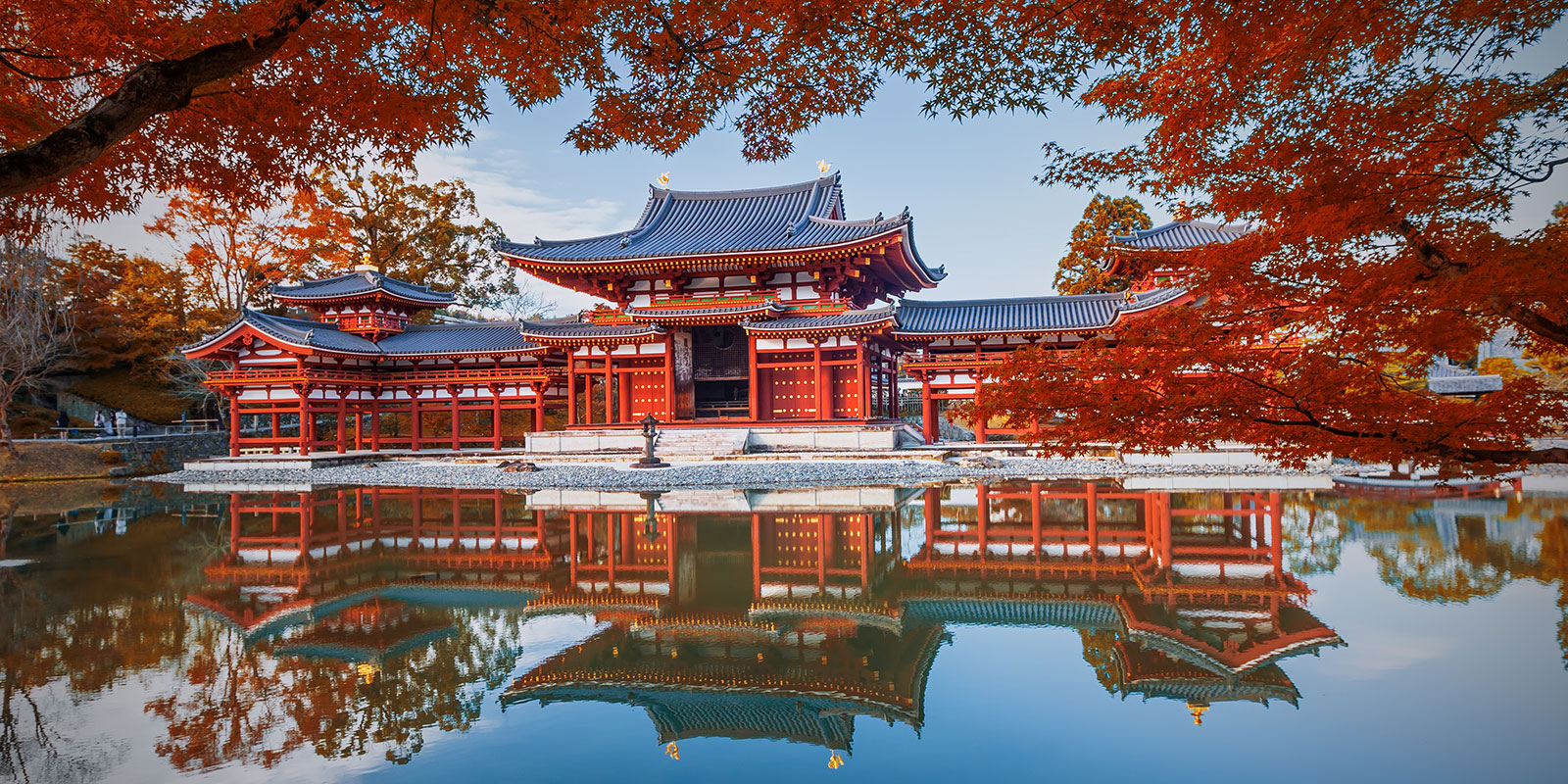 Byodoin temple | Shutterstock
Byodoin temple | Shutterstock
9. Take tea in the temple grounds
Byodoin temple, Uji, Kyoto prefecture
This temple in Uji may look familiar as it is also featured on the back of Japan’s ¥10 coin. The structure was first built back in 998 as a retreat for a court noble before being converted into a temple in 1052. While most of the temple buildings were lost to fires and other natural disasters over the years, the temple’s Phoenix Hall remains, one of the few wooden structures still standing from the Heian period (794-1185). The gorgeous grounds are also home to the Hosho-kan Museum filled with numerous national treasures, as well as the Byodoin Temple Tea Room where you can sample authentic Uji matcha tea.
Byodoin, 116 Uji Renge, Uji-shi, Kyoto prefecture. +81 77 421 2861. 8.30am-5.30pm daily. ¥600.
10. Discover a museum built into a mountain
Miho Museum, Shiga prefecture
You’ll find the stunning Miho Museum tucked away deep in a forest just southeast of Kyoto. Inside, you’ll find ancient artifacts from Greece and Egypt as well as Shinto and Buddhist art, but it is the exterior that really wows. Designed by the late, world-renowned, architect I.M. Pei, best known for creating the glass pyramid at the Louvre in Paris, the building is constructed partially into a mountainside to blend into its natural surroundings.
Miho Museum, 300 Momodani, Shigarakicho Tashiro, Koka-shi, Shiga prefecture. +81 748 82 3411. 10am-4pm (last entry 3pm), closed Mon (Tue if Mon is public holiday). ¥1,300 (advance reservation required).